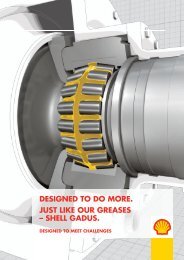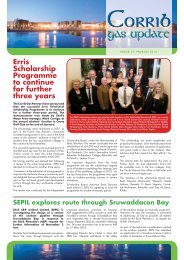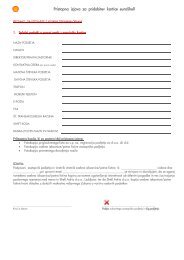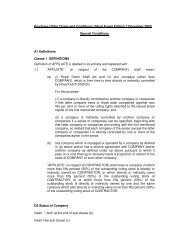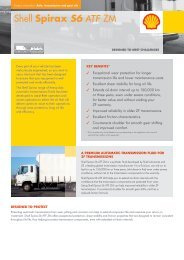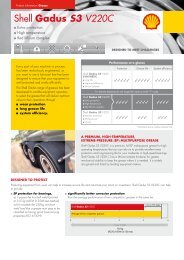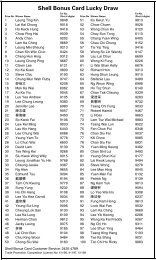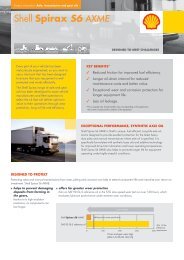OBEN GAS DEVELOPMENT PROJECT
OBEN GAS DEVELOPMENT PROJECT
OBEN GAS DEVELOPMENT PROJECT
You also want an ePaper? Increase the reach of your titles
YUMPU automatically turns print PDFs into web optimized ePapers that Google loves.
Appendixes<br />
4.2.7.2.3 Group Assembly Discussion<br />
A combined community group discussion was held as a way of further involving the people in the<br />
information sourcing and consultation processes. Predetermined, but relevant segments of the local<br />
people were identified as the targets of the discussion. Among these segments were community<br />
leaders; interest, occupational and age groups; and ordinary community members, who are not<br />
normally involved in the mainstream of decision-making, but are nonetheless stakeholders (Plate 1).<br />
The discussion was aimed at mainstreaming the affected group by appreciating their perception of the<br />
problems associated with the project and ways of ameliorating and mitigating them. This further<br />
enhances both the performance of the project operator, community general well-being and sense of<br />
relevance. The information from the focus group discussion was used to confirm or check the<br />
consistency and reliability, or otherwise, of the information from other sources, especially, the<br />
questionnaire survey.<br />
Interview of Key Informants<br />
In order to elicit information and opinion of strategic stakeholders and key players, personal<br />
interviews were also held with the Enogie (Duke) of Oben village; as well as the Enogie of Obozogbe-<br />
Nugu on 15 th and 16 th March, 2006 respectively. The Ezomo, Chief D. I. Osawe represented the<br />
Enogie of Obozogbe-Nugu, while elder Joseph Idemudia was in attendance. At the interview sessions<br />
were the Secretary to Orhionmwon Local Government Council, and representatives of Edo State<br />
Ministry of Environment, Engineer M.D. Ejemai; Department of Petroleum Resources (DPR), Mrs<br />
Rioke Akpojiyovwi; SPDC EIA team members; and the contracting firm; as well as the consultants<br />
and field assistants for the SIA and HIA. Each interview was preceded by the customary presentation<br />
and breaking of kola nuts, and prayers for the well being of everybody.<br />
4.2.7.2.4 Field Inspections<br />
A comprehensive enumeration of the houses in each village was undertaken. Oben and Iguelaba were<br />
enumerated on March 15, 2006, while Ikobi and Obozogbe-Nugu were enumerated on March 16, 2006. The<br />
enumeration at Obozogbe-Nugu was witnessed by the stakeholders: the village representative, who served as<br />
a guide; Mr Nosa Erhatiemwomon, Secretary to Orhionmwon Local Government Council; and representatives<br />
of Edo State Ministry of Environment, Engineer M.D Ejemai; Department of Petroleum Resources (DPR), Mrs<br />
Faith Akpojiyovwi; and SPDC EIA team members.<br />
Other major facilities and landmarks, such as water and electricity projects, school buildings, health care<br />
facilities, markets, town halls, small scale (informal sector) activities, community shrines, among others, were<br />
physically inspected. Their geographical locations were recorded with the hand-held Global Positioning System<br />
(GPS).<br />
Health studies<br />
The EIA study design adopted was the same as that used for the EIA of the SPDC-W land Associated Gas<br />
Gathering Project of 2001 as follows:<br />
(A) Community Consultation<br />
(B) Health Survey<br />
(C) Physical Examination of the Environment<br />
(D) Anthropometric measurement of health indicators<br />
(A) COMMUNITY CONSULTATION<br />
With a map of the location, the selected communities were visited and in each community the Chief, Elders,<br />
Opinion leaders, Women leaders, and Youth Leaders were first contacted informally, various meetings were<br />
A-9






